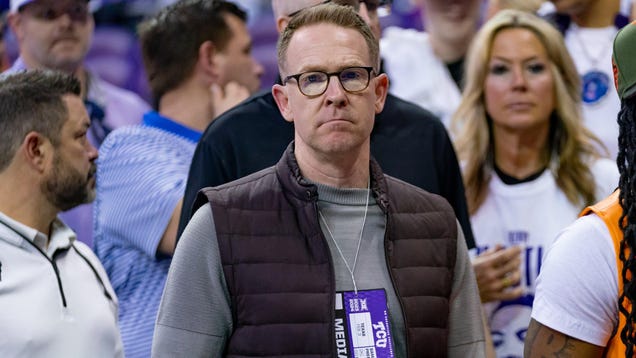Note: Before reading this, please hit the play button on the video player to your right.
Our News Now class will explore hyperlocal news coverage of a community during Winter quarter 2010. Each week, we'll study a different aspect of online storytelling and how that translates to covering issues in a community.
We'll learn online storyteling tools in class through demonstration and short exercises. Some are Web-based applications (Delicious, Twitter, mapping, Wordpress), others are software packages (Soundslides, Final Cut Pro). We'll learn software basics in context of storytelling. It's NOT a software-training course.
We will combine our online skills and our reporting skills to generate content for sites that you will devote to covering a specific community. Those sites will feed into ChicagoStorytelling.com, the online studio for all of my journalism courses.
IMPORTANT: There are three books to purchase for the course: JournalismNext (by Mark Briggs, CQ Press), The 2009 Associated Press Stylebook and "Watch Your Words", (Second Edition, Author: Marda Dunsky, Rowman & Littlefield). If you don't already have them, please buy them at the DePaul University bookstore in the Loop (DePaul Center) or buy them online. Bring those reference books to every class meeting, along with a USB jump drive with at least 8 gigabytes of memory. You can buy a USB drive at any computer store or at Radio Shack at 14 E. Jackson.
Many of your readings will be online. I'll share them with you through the course syllabus, on Blackboard, on this blog or through my Delicious bookmarks.
As you can tell from this blog, I believe in teaching within the medium that we study. In other words, I don't ask any of you to produce work that I can't do myself.
News Now combines online skills with hyperlocal news coverage, two very hot topics in today's multimedia market. The skills you will learn in this class will prepare you to be competitive in today's marketplace.
For those of you who replied to my online skills survey in early November, thank you very much. For those of you who didn't, I know who you are.
Your feedback gives me a snapshot of your skill set and helps me tailor the class to shore up your weaknesses and build on your strengths.
Some of you have strong online skills, some of you do not. There will be something for everyone in this class: basic and advanced social media, Final Cut Pro/short video, mobile media, audio slideshows, podcasting, and much, much more. This class is a great opportunity to explore something new. So go for it.
But at the end of the day, it comes down to journalism and storytelling. All of the software skills in the world won't save a package with misspelled names and factual errors.
Over Winter break, look over some of the tools to the right of this post, bookmark this blog and these sites, as you will reference them often this quarter:
1. ChicagoStorytelling.com
Look at some of the multimedia projects, Q&A interviews with journalists and the October coverage of the Olympic announcement. Look at how we incorporate writing, photography, video and interactivity.
2. Mike's Delicious Bookmarks
Many of our course readings will appear here. Just search our course number: 502
3. Our Blackboard page, which will house primers, assignments, the syllabus, etc. I will begin to post content there after Christmas.
4. If you have a Twitter account, start following @journtoolbox and @chitownstories.
I'll talk about this on the first day of class, but I'll say it now: Attendance is mandatory for all classes and you must be on time. We meet in Room 1128, 14 E. Jackson at 5:45 p.m. on Thursdays. Deadlines must be met. Failure to do so will lower your grade.
Also, you'll be working in small groups, so part of your grade will cover your ability to work well with your teammates and your instructor/editor. No drama, no outbursts in class.
A good attitude is a must in generating online content. Most large multimedia packages are developed in a team environment.
Thanks again and see you next quarter.
Mike Reilley
Instructor, DePaul University
College of Communication
mreille1@depaul.edu
Twitter: @journtoolbox
Web site: http://www.journaliststoolbox.org
Newspapers can be jerks
1 week ago









